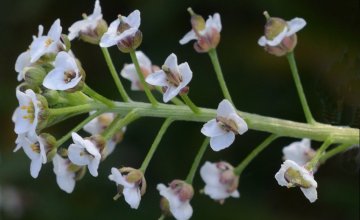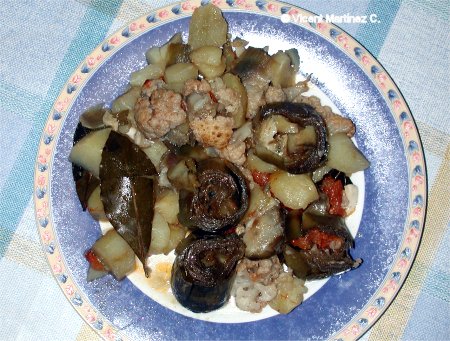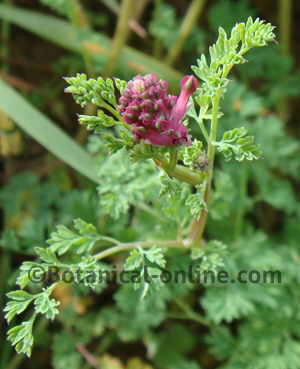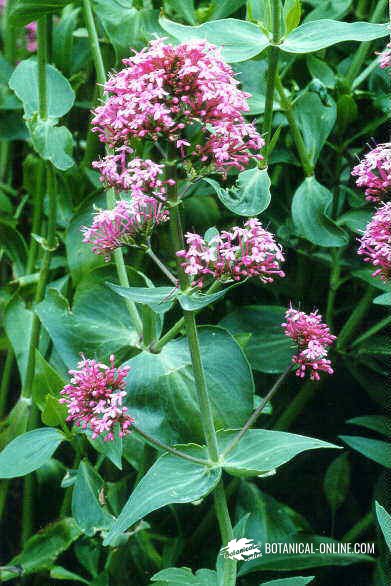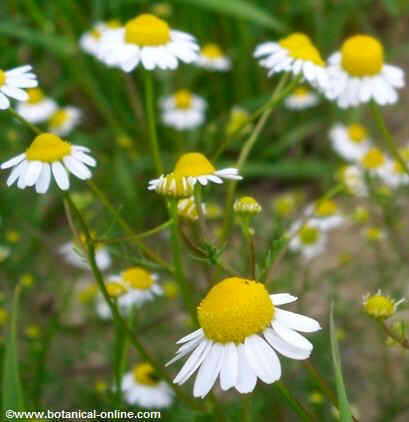Contents
GUARANA, A TRADITIONAL AMAZONIAN PLANT
History of guarana
Guarana is a plant used since ancient times, although there are few written records about this tradition. The cultures of the Amazonian people prepare many ointments and medicinal preparations from this seed.
The leading historian of these cultures was Fray Bernardino, who in the seventeenth century wrote about the uses that indigenous cultures gave to this plant and how they prepared them.
The tribe of the Maues-sateres seems to have discovered the therapeutic properties of the seeds of guarana. These seed were known as the elixir of long life, and, for thousands of years, they have been used to develop a guarana paste from the crushed and toasted seeds. The paste was molded as cylinders or as human beings.
They picked the fruits and dried them in the sun. When dried, the aryl was easily dislodged. Then they proceeded to roast and grind the seeds. The resulting powder was used in beverages, food preparations, ointments and medicines.
These tribes have used guarana as a stimulant and astringent food. They also consumed it during periods of fasting, as an anorectic to tolerate dietary restrictions.
French traders and explorers imported the guarana. Specifically, in 1817 the French Gassiecourt introduced this seed in Europe, where it became the number one stimulant in nineteenth century.
The first botanical studies on the guarana plant took place in the nineteenth century.
In recent days, the botanist James Duke lists the past and present tribal uses of this plant. Among other uses, he refers to it as a preventive medication of atherosclerosis, as an analgesic, stimulant, astringent, tonic and to treat dysentery.
Guarana nowadays
 In the picture: photo of Antarctica guarana drink, the national drink of Brazil.
In the picture: photo of Antarctica guarana drink, the national drink of Brazil.
Currently, this seed is still very important in the culture of Brazil and neighboring countries that traditionally have been using it for its therapeutic properties.
The most common current form of consuming it is through guarana drinks, among which Guarana Antarctica is considered the national drink of Brazil.
Brazil also produces Guarana Schin (Schincariol brand), Guarana Brahma (AmBev), Kuat and Guarana Jesus. There are also local producers.
In Brazil, guarana beverage consumption is higher even than colas.
Paraguay also has a variety of national brands of very good quality, like Pulp, Maxi, De La Costa and Niko.
The legend of guarana
The legends of this plant arise from its bizarre appearance. The oval dark brown seed pericarp, which is concealed in a white coat, called aryl, has become the focus of many legends. This is because these fruits are believed to be the eyes of a deity.
There are many different legends, but the most widespread one explains that, in the banks of river Maues, lived a very virtuous couple whose only son had the gift of healing the sick. One day, Yarupary, the spirit of evil, killed the boy.
His parents cried out to God Tupa to return his son to them. Tupa told them to plant the child’s eyes. Parents planted it, and from the buried eyes sprouted a sacred plant that would feed and heal the ills and ailments of people in their village. This plant was called Guarana.
Another legend says that this plant grew from Ceraçaporanga’s eyes. She was the most beautiful woman in the tribe of the Maues. A lightning bolt killed her and her lover so as them not to be separated, because the whole tribe was opposed to the marriage of Ceraçaporanga and a man from a different tribe.
![]() More information on guarana.
More information on guarana.


